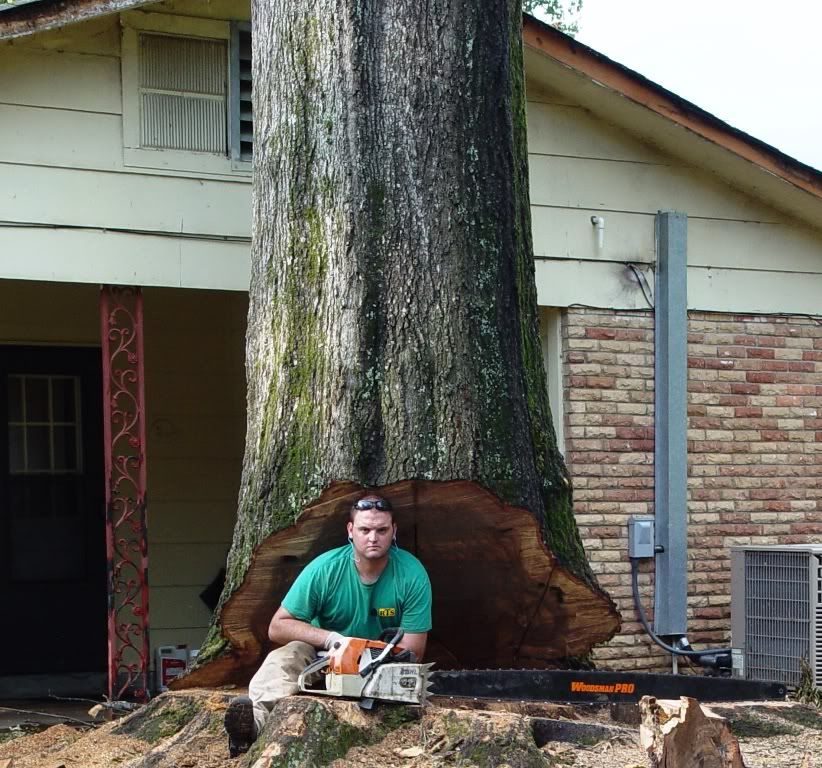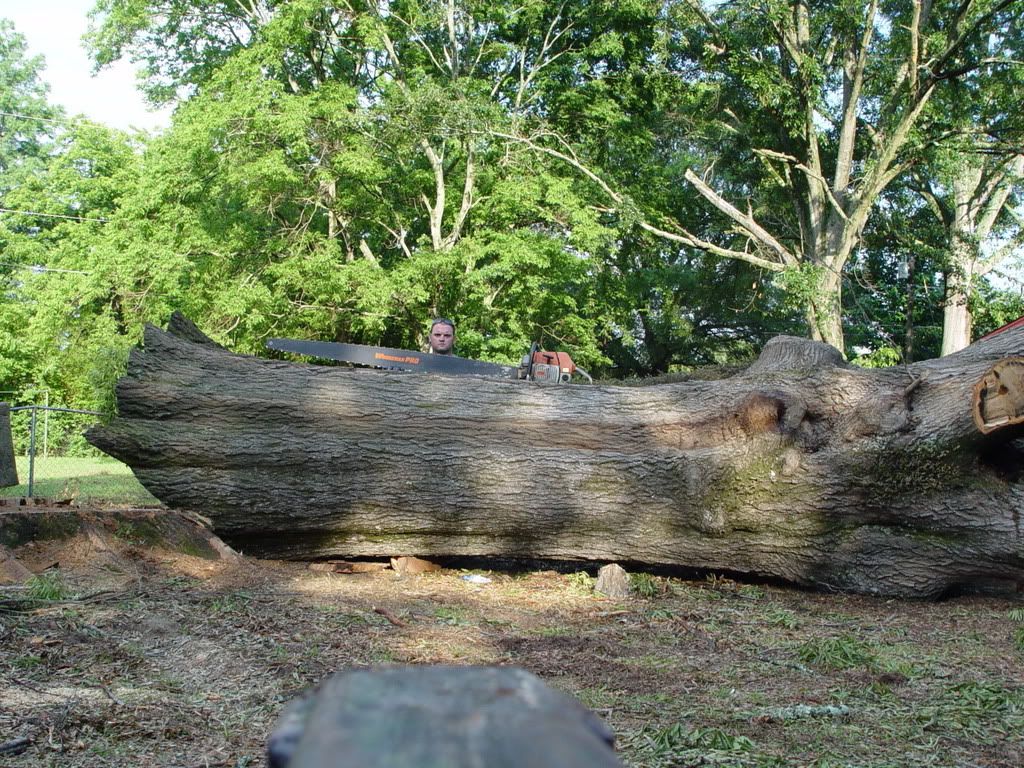squisher
THE CALM ONE!!!!
Ok I mentioned this in another thread about wanting some discussion on the types of undercuts and why one would choose one over the other.
Humboldt- Is what I was taught in the bush and I find it's very effective for production work. Easy to get a flush butt that the buckerman likes but in actual fact isn't nearly as safe as a stepped butt espescially in a bush falling situation. The humboldt is also alot easier to slide your 'pie' out of as gravity wants to help you out. To me I see it's advantages as being for production work and since switching to residential work I find I never use it anymore. I though have really some limited knowledge of this undercut and would like to hear more about it and why it might be chosen over a traditional or a open face in a residential situation.
Traditional- Is what I use on a day to day basis now in residential work. I find it easier to cut a nice wide open face this way as (I hope I can describe this right) you start higher to make a larger face whereas with the humboldt you'd have to start lower to make a larger face. Higher puts me in a nicer position and seeing as how I'm not worried about stumpage rates I don't mind having a higher stump. I mostly will use a really large(anglewise) traditional face cut to keep my hinge intact as long as possible and relying on proper gunning to place my tree exactly rather than relying on any 'steering' during the backcut. Traditional has been my undercut of choice in residential work.
Open- I never use the open undercut never have I don't think maybe ever. I'd very much like to hear from those that do. To me it seems like it would be harder to get your cuts to line-up evenly/properly as consistently as with the traditional or humboldt.
Of course on any undercut I'm aiming for a 1/3 depth which would be altered depending on a number of things. Size of tree could come into play and of course lean. And I'm always aiming at having all of my cuts meet up evenly no bypass/dutchmen and a nice even backcut so I have a straight hinge.
I'm far from a highly experienced faller but I enjoy cutting and find it fascinating how much control you can gain by knowing a few of the basics.
Humboldt- Is what I was taught in the bush and I find it's very effective for production work. Easy to get a flush butt that the buckerman likes but in actual fact isn't nearly as safe as a stepped butt espescially in a bush falling situation. The humboldt is also alot easier to slide your 'pie' out of as gravity wants to help you out. To me I see it's advantages as being for production work and since switching to residential work I find I never use it anymore. I though have really some limited knowledge of this undercut and would like to hear more about it and why it might be chosen over a traditional or a open face in a residential situation.
Traditional- Is what I use on a day to day basis now in residential work. I find it easier to cut a nice wide open face this way as (I hope I can describe this right) you start higher to make a larger face whereas with the humboldt you'd have to start lower to make a larger face. Higher puts me in a nicer position and seeing as how I'm not worried about stumpage rates I don't mind having a higher stump. I mostly will use a really large(anglewise) traditional face cut to keep my hinge intact as long as possible and relying on proper gunning to place my tree exactly rather than relying on any 'steering' during the backcut. Traditional has been my undercut of choice in residential work.
Open- I never use the open undercut never have I don't think maybe ever. I'd very much like to hear from those that do. To me it seems like it would be harder to get your cuts to line-up evenly/properly as consistently as with the traditional or humboldt.
Of course on any undercut I'm aiming for a 1/3 depth which would be altered depending on a number of things. Size of tree could come into play and of course lean. And I'm always aiming at having all of my cuts meet up evenly no bypass/dutchmen and a nice even backcut so I have a straight hinge.
I'm far from a highly experienced faller but I enjoy cutting and find it fascinating how much control you can gain by knowing a few of the basics.







